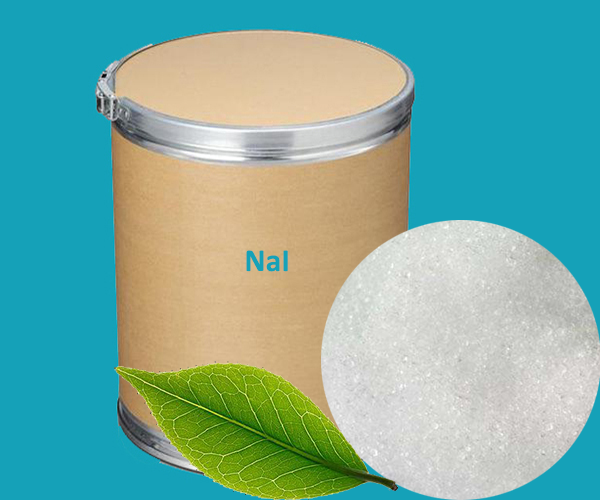Sodium iodide is an ionic compound produced by the addition of sodium hydroxide or sodium carbonate to hydriodic acid. The chemical formula for sodium iodide is NaI. It is made up of colourless cubic crystals that are soluble in polar solvents. It is one of the oldest members of the optical engineering family and is considered by many scientists as a standard optical device in the field of detection technology.
Properties of Sodium Iodide
Chemical Formula : NaI
Density : 3.67 g/cm³
Molecular Weight : 149.89 g/mol
Boiling Point : 1304 °C
Melting Point : 661 °C
Uses and Applications
Sodium iodide finds widespread usage in various sectors, owing to its unique properties. Some of the primary applications include:
Medicine: In the medical field, sodium iodide is employed for treating iodine deficiency and as a cough suppressant in certain syrups. It is also used in the production of certain types of diagnostic imaging agents.
Chemistry: In chemistry, sodium iodide serves as an important reagent, especially in organic synthesis. It acts as a ‘Finkelstein reagent’, which is used to replace a halogen atom with an iodine atom in organic compounds.
Industry: In the industry, it’s used in the production of iodine-based dyes and inks, and as a reducing agent in photography.
 English
English Español
Español Português
Português Français
Français Deutsch
Deutsch Русский
Русский 中文
中文 日本語
日本語
